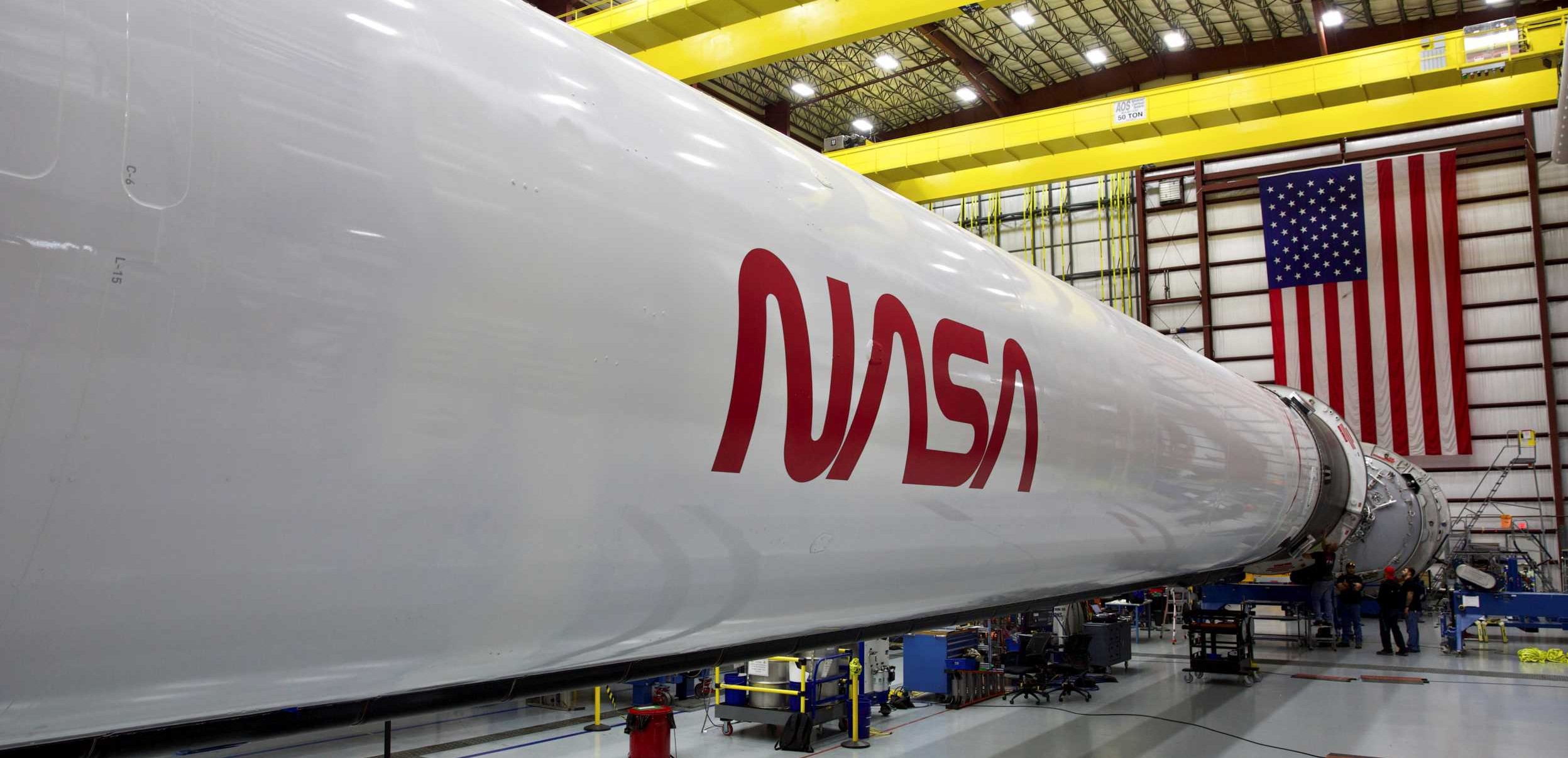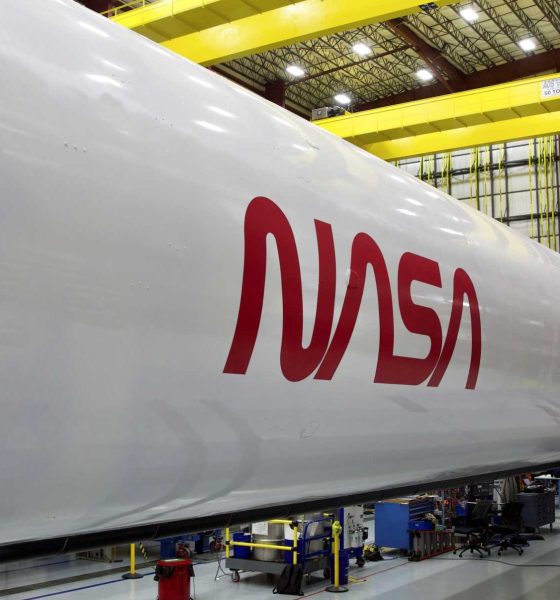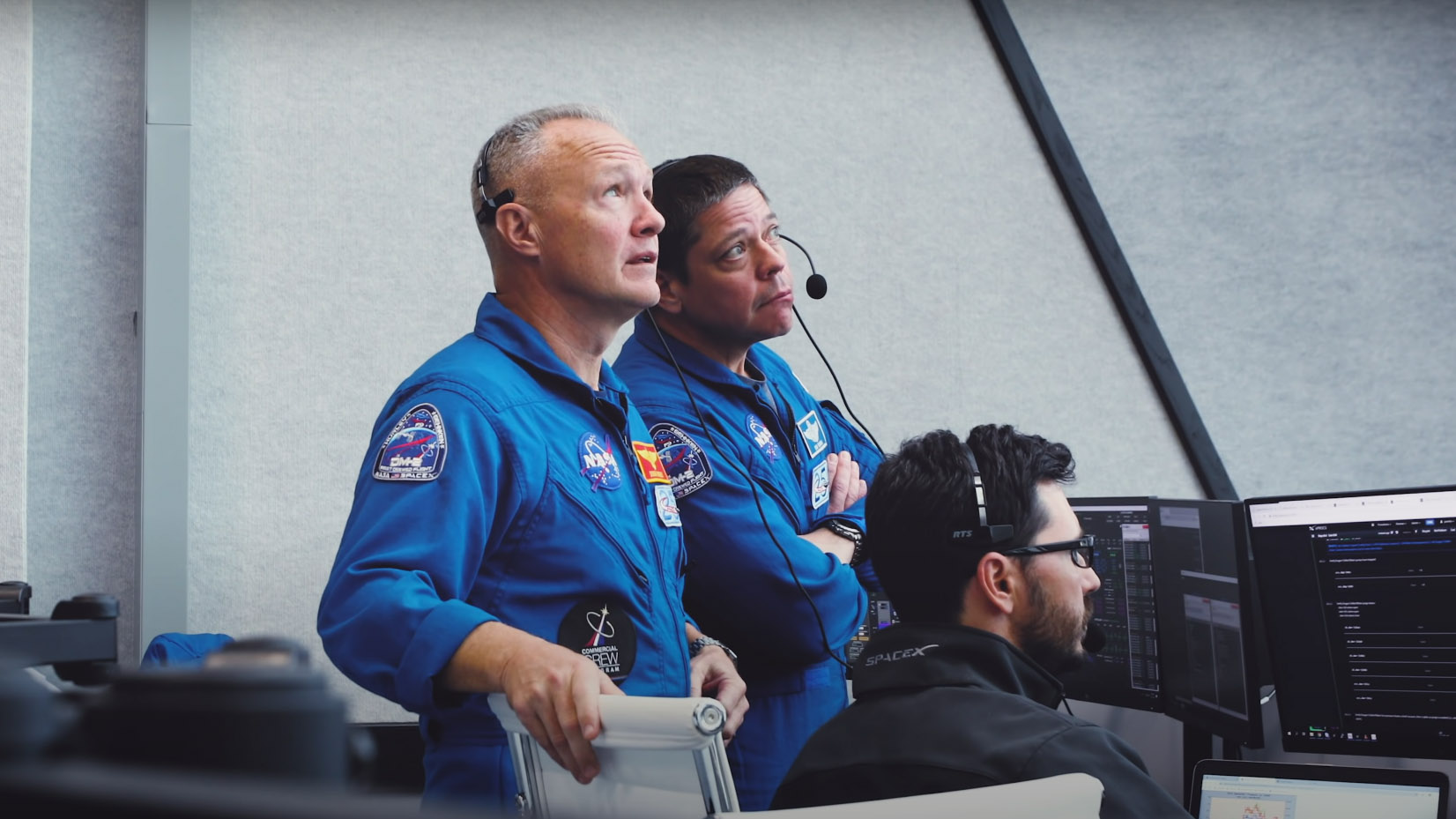

News
NASA plans to purchase another seat on Russian Soyuz after SpaceX
NASA and SpaceX are preparing to launch astronauts from U.S. soil for the first time in nearly a decade. The collaboration is designed to give NASA more flexibility when it comes to launching crewed missions.
When the agency’s storied shuttle program came to an end in 2011, it left NASA dependent upon Russian rockets as its sole means of transporting astronauts to and from the space station. But the arrangement, which costs NASA roughly $85 million per seat, was always intended as a temporary solution.
NASA wanted to support a burgeoning commercial market, so it turned to private industry to build its next-generation space taxi. To that end, in 2014, the agency selected two companies — SpaceX and Boeing — to transport future crews. Each company would design and build its spacecraft capable of carrying humans. Six years later, SpaceX is set to become the first commercial company to transport astronauts, as its inaugural crewed flight prepares to take off on May 27.
The mission, known as Demo-2, is a flight test that will be used to certify the Dragon spacecraft for routine astronaut transport to and from the space station. During the mission, astronauts Bob Behnken and Doug Hurley will pilot the craft to the space station, where it will dock itself to the orbital outpost.

Their time on station is still to be determined, but the duo will make the most of their orbital stay. Not only will they evaluate how Dragon performs at different stages of the mission, but they will also assist fellow NASA astronaut Chris Cassidy with routine maintenance and station keeping.
Once Crew Dragon has been cleared to ferry people regularly, it will give NASA the flexibility to carry out missions of many different durations. To date, crews have spent anywhere from a couple of weeks in space, all the way up to a year. Their time on orbit is typically limited by the spacecraft that brought them, but by having multiple vehicles capable of flying to and from the space station, gives agencies around the world greater flexibility in mission planning.
Currently, NASA is in talks to purchase one more seat on a Russian Soyuz that would fly this fall. As it stands now, Chris Cassidy is the sole NASA astronaut on station, joined by two Russian colleagues. However, that leaves the station understaffed. Simply maintaining the orbital outpost is more than one crew member can handle. (A full space station crew is six.)

Behnken and Hurley are scheduled to launch on May 27 and will stay on station for as many as 110 days. That’s because their ride is only certified to stay in space that long. The harsh space environment wears on hardware, and the Crew Dragon’s solar arrays contain sensitive electronics that have a limited space life.
So what happens when Behnken and Hurley come home? At this point, the schedules are a little unclear, but Cassidy could remain on station by himself until the next crew can launch. While preparing for Demo-2, SpaceX is currently finishing construction on the capsule that will carry its first official crew. Four astronauts will fly on Crew Dragon sometime late this year or early next year, providing a fresh batch of astronauts.

In the meantime, NASA wants to make sure it will be able to have access to the space station, so it’s in talks with Roscosmos to buy one more seat. After that deal is made, NASA has a much different idea for the future of its partnership with the Russian space agency. During a series of briefings in advance of Demo-2, NASA administrator Jim Bridenstine expressed how he hoped in the near future that NASA and Roscosmos could set up a trade agreement.
This would mean that U.S. astronauts would still fly on a Russian Soyuz and vice versa. Only instead of money exchanging hands, the two agencies would simply trade seats on each other’s vehicles. The first international partner to fly on a Crew Dragon will be Soichi Noguchi of the Japanese Space Agency (JAXA), who will join NASA astronauts Victor Glover, Mike Hopkins, and Shannon Walker as part of the Crew-1 mission.

Elon Musk
Elon Musk’s X will start using a Tesla-like software update strategy
The initiative seems designed to accelerate updates to the social media platform, while maintaining maximum transparency.

Elon Musk’s social media platform X will adopt a Tesla-esque approach to software updates for its algorithm.
The initiative seems designed to accelerate updates to the social media platform, while maintaining maximum transparency.
X’s updates to its updates
As per Musk in a post on X, the social media company will be making a new algorithm to determine what organic and advertising posts are recommended to users. These updates would then be repeated every four weeks.
“We will make the new 𝕏 algorithm, including all code used to determine what organic and advertising posts are recommended to users, open source in 7 days. This will be repeated every 4 weeks, with comprehensive developer notes, to help you understand what changed,” Musk wrote in his post.
The initiative somewhat mirrors Tesla’s over-the-air update model, where vehicle software is regularly refined and pushed to users with detailed release notes. This should allow users to better understand the details of X’s every update and foster a healthy feedback loop for the social media platform.
xAI and X
X, formerly Twitter, has been acquired by Elon Musk’s artificial intelligence startup, xAI last year. Since then, xAI has seen a rapid rise in valuation. Following the company’s the company’s upsized $20 billion Series E funding round, estimates now suggest that xAI is worth tens about $230 to $235 billion. That’s several times larger than Tesla when Elon Musk received his controversial 2018 CEO Performance Award.
As per xAI, the Series E funding round attracted a diverse group of investors, including Valor Equity Partners, Stepstone Group, Fidelity Management & Research Company, Qatar Investment Authority, MGX, and Baron Capital Group, among others. Strategic partners NVIDIA and Cisco Investments also continued support for building the world’s largest GPU clusters.
News
Tesla FSD Supervised wins MotorTrend’s Best Driver Assistance Award
The decision marks a notable reversal for the publication from prior years, with judges citing major real-world improvements that pushed Tesla’s latest FSD software ahead of every competing ADAS system.

Tesla’s Full Self-Driving (Supervised) system has been named the best driver-assistance technology on the market, earning top honors at the 2026 MotorTrend Best Tech Awards.
The decision marks a notable reversal for the publication from prior years, with judges citing major real-world improvements that pushed Tesla’s latest FSD software ahead of every competing ADAS system. And it wasn’t even close.
MotorTrend reverses course
MotorTrend awarded Tesla FSD (Supervised) its 2026 Best Tech Driver Assistance title after extensive testing of the latest v14 software. The publication acknowledged that it had previously criticized earlier versions of FSD for erratic behavior and near-miss incidents, ultimately favoring rivals such as GM’s Super Cruise in earlier evaluations.
According to MotorTrend, the newest iteration of FSD resolved many of those shortcomings. Testers said v14 showed far smoother behavior in complex urban scenarios, including unprotected left turns, traffic circles, emergency vehicles, and dense city streets. While the system still requires constant driver supervision, judges concluded that no other advanced driver-assistance system currently matches its breadth of capability.
Unlike rival systems that rely on combinations of cameras, radar, lidar, and mapped highways, Tesla’s FSD operates using a camera-only approach and is capable of driving on city streets, rural roads, and freeways. MotorTrend stated that pure utility, the ability to handle nearly all road types, ultimately separated FSD from competitors like Ford BlueCruise, GM Super Cruise, and BMW’s Highway Assistant.
High cost and high capability
MotorTrend also addressed FSD’s pricing, which remains significantly higher than rival systems. Tesla currently charges $8,000 for a one-time purchase or $99 per month for a subscription, compared with far lower upfront and subscription costs from other automakers. The publication noted that the premium is justified given FSD’s unmatched scope and continuous software evolution.
Safety remained a central focus of the evaluation. While testers reported collision-free operation over thousands of miles, they noted ongoing concerns around FSD’s configurable driving modes, including options that allow aggressive driving and speeds beyond posted limits. MotorTrend emphasized that, like all Level 2 systems, FSD still depends on a fully attentive human driver at all times.
Despite those caveats, the publication concluded that Tesla’s rapid software progress fundamentally reshaped the competitive landscape. For drivers seeking the most capable hands-on driver-assistance system available today, MotorTrend concluded Tesla FSD (Supervised) now stands alone at the top.
News
Elon Musk’s Grokipedia surges to 5.6M articles, almost 79% of English Wikipedia
The explosive growth marks a major milestone for the AI-powered online encyclopedia, which was launched by Elon Musk’s xAI just months ago.

Elon Musk’s Grokipedia has grown to an impressive 5,615,201 articles as of today, closing in on 79% of the English Wikipedia’s current total of 7,119,376 articles.
The explosive growth marks a major milestone for the AI-powered online encyclopedia, which was launched by Elon Musk’s xAI just months ago. Needless to say, it would only be a matter of time before Grokipedia exceeds English Wikipedia in sheer volume.
Grokipedia’s rapid growth
xAI’s vision for Grokipedia emphasizes neutrality, while Grok’s reasoning capabilities allow for fast drafting and fact-checking. When Elon Musk announced the initiative in late September 2025, he noted that Grokipedia would be an improvement to Wikipedia because it would be designed to avoid bias.
At the time, Musk noted that Grokipedia “is a necessary step towards the xAI goal of understanding the Universe.”
Grokipedia was launched in late October, and while xAI was careful to list it only as Version 0.1 at the time, the online encyclopedia immediately earned praise. Wikipedia co-founder Larry Sanger highlighted the project’s innovative approach, noting how it leverages AI to fill knowledge gaps and enable rapid updates. Netizens also observed how Grokipedia tends to present articles in a more objective manner compared to Wikipedia, which is edited by humans.
Elon Musk’s ambitious plans
With 5,615,201 total articles, Grokipedia has now grown to almost 79% of English Wikipedia’s article base. This is incredibly quick, though Grokipedia remains text-only for now. xAI, for its part, has now updated the online encyclopedia’s iteration to v0.2.
Elon Musk has shared bold ideas for Grokipedia, including sending a record of the entire knowledge base to space as part of xAI’s mission to preserve and expand human understanding. At some point, Musk stated that Grokipedia will be renamed to Encyclopedia Galactica, and it will be sent to the cosmos.
“When Grokipedia is good enough (long way to go), we will change the name to Encyclopedia Galactica. It will be an open source distillation of all knowledge, including audio, images and video. Join xAI to help build the sci-fi version of the Library of Alexandria!” Musk wrote, adding in a later post that “Copies will be etched in stone and sent to the Moon, Mars and beyond. This time, it will not be lost.”








